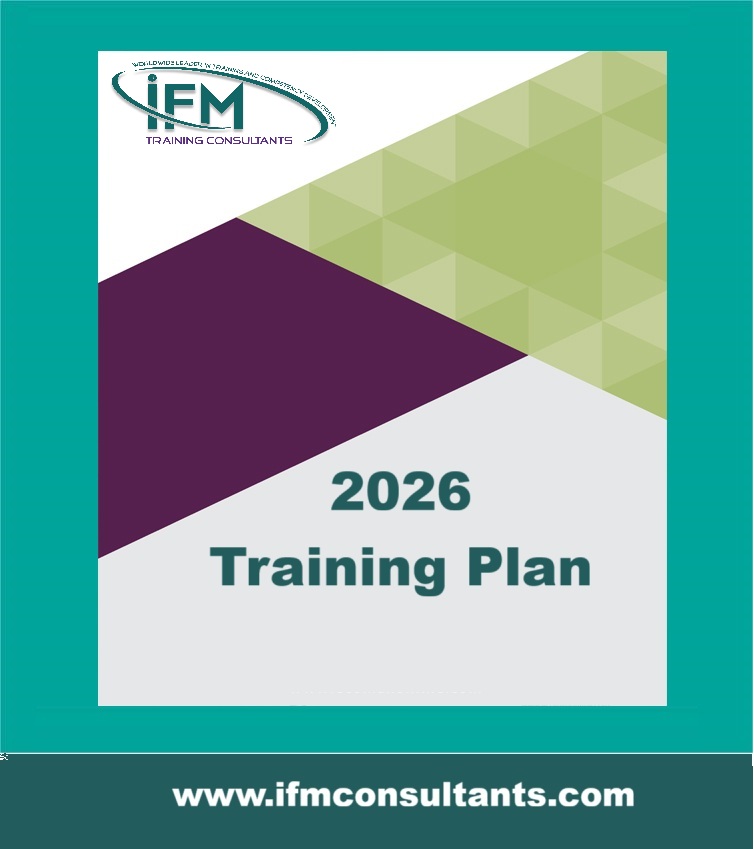Advanced Quantitative Seismic Interpretation
| Start Date | End Date | Venue | Fees (US $) | ||
|---|---|---|---|---|---|
| Advanced Quantitative Seismic Interpretation | 16 Nov 2025 | 20 Nov 2025 | Riyadh, KSA | $ 3,900 | Register |

Advanced Quantitative Seismic Interpretation
| Start Date | End Date | Venue | Fees (US $) | |
|---|---|---|---|---|
| Advanced Quantitative Seismic Interpretation | 16 Nov 2025 | 20 Nov 2025 | Riyadh, KSA | $ 3,900 |
Introduction
In addition to structural and stratigraphic interpretation, Quantitative Interpretation of seismic data can add considerable value in the subsurface evaluation process. For exploration prospects, various seismic attributes can be used to differentiate between alternative pore fill scenarios and improve decision making. Infield development settings, where more well calibration is normally available, tools like seismic inversion can extrapolate and predict key reservoir properties outside well control and thus improve the reliability of a reservoir model. The QI workflow necessitates consistent integration of the available geological, geophysical, petrophysical data, yielding also team integration and data QC as an important spin-off.
Knowledge of the possibilities and limitations of the various QI techniques and workflows is essential for a successful application. Knowing what data is required and how it must be pre-conditioned is important as well. The course uses a mixture of lectures, practical exercises and case histories. Participants can bring own cases for discussion.
Our program provides knowledge of the possibilities and limitations of the various QI techniques and workflows, essential for a successful application. It will teach what data will be required and how it must be pre-conditioned and used for exploration and development.
Course Design Provide Working Knowledge of QI
At the end of the course, participants will have a solid foundation in Quantitative Interpretation concepts, workflows and data requirements.
Includes Case Studies and Hands-On Exercises
The program will present the pragmatic application of the concepts from the discussion and analysis of case studies and with the hands-on paper & excel exercises.
The QI workflow necessitates consistent integration of the available geological, geophysical, petrophysical data, yielding also team integration and data QC as an important inclusion
Objectives
- APPLY specific statistical techniques for quantitative interpretation and JUDGE the feasibility of a quantitative interpretation project for a dataset in question
- AVOID the most common pitfalls in quantitative seismic interpretation
- GAIN a better understanding of the seismic interpretation concepts necessary for industry tools application
- UNDERSTAND the requirements for forward models based on geologic scenario’s
- MODEL seismic response of alternative geological scenario’s, and LEARN the main inversion techniques
Training Methodology
The program is delivered in a combination of lecture-style and computer-based training. In addition, a significant amount of time is set aside for small working group activity when addressing case study problems. Extensive use is made of case study material to underline the key aspects of the course and to give the delegates exposure to current best practice.
Who Should Attend?
This course is specially designed for geologists, geophysicists and petroleum engineers involved in the processing and interpretation of 2D and 3D seismic data with more than 5 years of working experience and interested to learn more about quantitative methods.
- Exploration Geophysicists, Geoscientists and Geologists
- Petroleum Engineers
- Seismic Interpreters
- Exploration Managers
Course Outline
Day one
Introduction to Seismic QI
The program will begin with recapitulation of seismic fundamentals in order to establish a common understanding of geophysical principle on which the course will be built. This will be delivered complete with a number of short exercises. The second-half of the day will be used to introduce Statistics, necessary for QI. Exercises will be on Excel and/or paper.
Day two
Log Data Preparation, Well to Seismic Match, and Rock Physics
The morning will be used for the log data preparation and the generation of synthetic seismograms. Well to seismic matching will be discussed afterward. The afternoon is dedicated to Rock Physics, of which, a continuous “red thread” exercise will be given.
Day three
Seismic Inversion & Time to Depth Conversion
Following on to the last subject of the previous day, Direct Hydrocarbon Indicators will be dealt
with, followed by an in-depth treatment of seismic inversion methods. A start will be made with
capita select on Tine to Depth Conversion Techniques.
Day four
Seismic Inversion & Time to Depth Conversion
TZ conversion will be completed, followed by an extensive treatment of seismic attributes. The last topic of the day will be on managing and reducing uncertainties -- their sources, magnitudes and effects on reserve calculations.
Day five
Other Modern Techniques
A selection can be made by the audience of a set out of the following topics: Shear wave techniques, the Natih Multicomponent survey, Introduction to AVO, Introduction to Time Lapse techniques, or overview of Passive seismic.

















